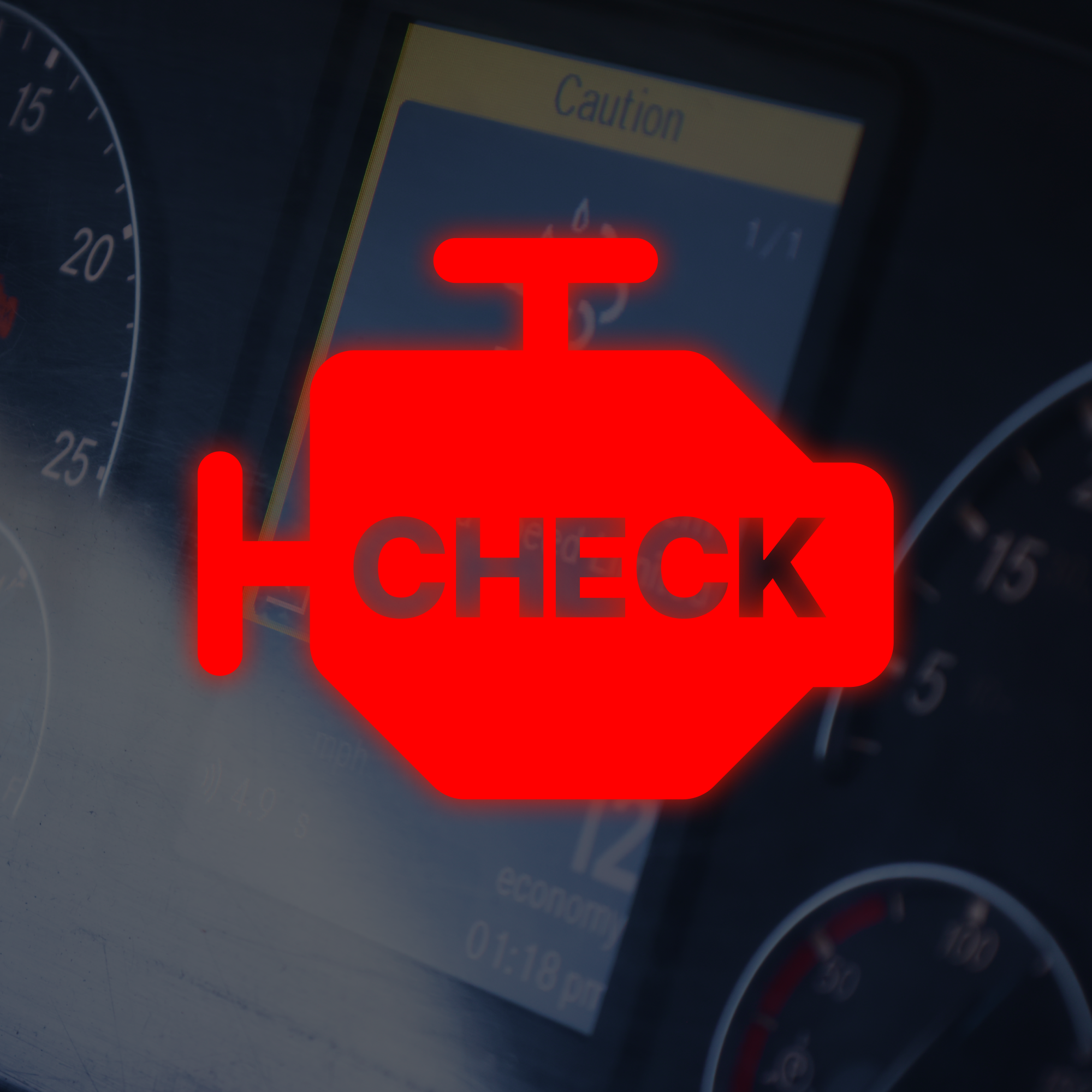As the world becomes increasingly conscious of environmental issues and stricter emissions regulations are put in place, diesel particulate filters (DPF) have gained prominence in the trucking industry. If you own a diesel-powered vehicle, understanding your DPF system is crucial not only for compliance but also for maintaining your vehicle's performance and longevity.
In this beginner's guide, we'll take a closer look at what a DPF system is, how it works, and how to care for it.
What is a Diesel Particulate Filter (DPF).
A Diesel Particulate Filter (DPF) is an essential component in modern diesel vehicles, designed to reduce harmful emissions from exhaust gases. For some semi-truck drivers, the DPF is a nuisance and is just a money pit.
As we know, your DPF filter is part of the emissions control system and plays a vital role in cleaning up the exhaust before it exits the tailpipe. DPF systems are most commonly found in diesel-powered cars, trucks, and heavy machinery.
How Does Your DPF System Work Inside Your Semi-Truck?
- Trap and Collect Particulate Matter: The primary function of a Diesel Particulate Filter (DPF) is to trap and collect soot and other particulate matter produced during the combustion process. These particles are tiny, often measuring less than one micron in size.
- Ash Accumulation: Over time, even after a forced regen, some particulate matter remains in the DPF as ash. Ash is non-combustible and cannot be removed through regeneration. It necessitates periodic maintenance, which may involve replacing the DPF. The OTR Diagnostic app can monitor in real time you're soot level letting you know when that level is high.
- Regeneration: Over time, the trapped particulate matter accumulates in the Diesel Particulate Filter (DPF), leading to reduced exhaust flow and potential performance issues. To prevent this, DPF systems have a process called regeneration. There are two main types of regeneration:
- Passive Regeneration: This occurs naturally when the exhaust temperature is high enough to burn off the trapped particles, converting them into ash. This process typically happens during highway driving when the exhaust system reaches the required temperature.
- Active Regeneration: In cases where passive regeneration doesn't occur frequently enough (e.g., during short city trips), active regeneration is initiated by the vehicle's computer. It injects extra fuel into the exhaust, increasing the temperature and burning off the accumulated soot.
- If neither active nor passive regenerations are successful, a forced regeneration may be necessary. This can be done using the OTR Diagnostics app directly from your phone. These types of dealer level commands are just one of the many reasons semi-truck drivers are choosing OTR Diagnostics over OEM software.
How to maintain your (DPF) Diesel Particulate Filter System.
- Drive for Regeneration: To ensure your Diesel Particulate Filter (DPF) system functions properly, it's essential to drive your vehicle under conditions that promote a regeneration. Regularly taking your diesel vehicle for longer drives, especially on highways, helps maintain a clean DPF. We all know that forcing a regen is not always convenient. Having a tool that sends that command anytime you want is essential for an owner operator.
- Use the Right Fuel: High-quality diesel fuel with low sulfur content is crucial for DPF health. Low-quality fuel can lead to more frequent regeneration cycles and increase ash/soot buildup.
- Avoid Short Trips: Short trips with frequent stops and starts don't allow the exhaust system to reach the necessary temperatures for effective passive regeneration. Whenever possible, plan your trips to include some highway driving.
- Follow Manufacturer Recommendations: Consult your trucks’ owner's manual for specific maintenance recommendations related to your DPF system. This may include service intervals and procedures for ash cleaning or DPF replacement.
- Monitor Warning Lights: Modern vehicles have sensors that monitor DPF status. If warning lights related to the DPF system appear on your dashboard, it's essential to address the issue promptly to avoid costly repairs.
- Professional Maintenance: Periodic inspections by a qualified mechanic can help detect and address Diesel Particulate Filter (DPF) issues early. Regular maintenance can extend the life of your DPF and ensure your vehicle remains compliant with emissions standards. With OTR Diagnostics you can monitor your trucks’ health in real-time and potentially fixing the issue yourself.
Understanding your Diesel Particulate Filter (DPF) system is really important for the proper functioning of your semi-truck and for complying with emissions regulations. By following these guidelines and taking proper care of your DPF system, you can ensure that your rig remains efficient, eco-friendly, and reliable for years to come.




How OTR Diagnostics saves you money on your semi-truck repairs
Why OTR Diagnostics is a Long-Term Investment for Your Semi-Truck(s)